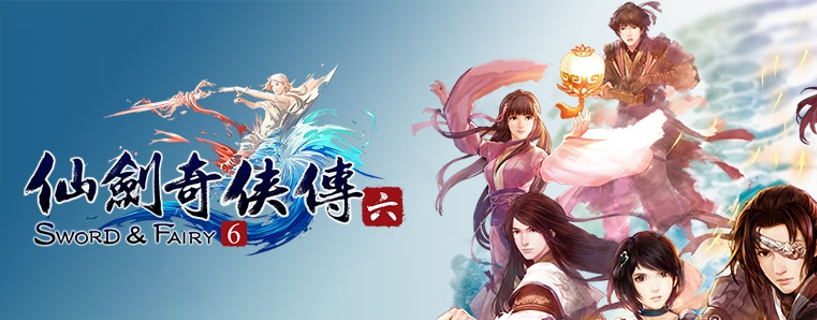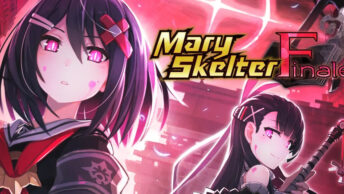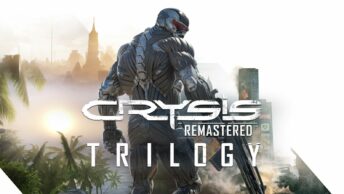This classic Grand Eastern Fantasy RPG gets its first localized release on both console and a Western audience
PS4: Released
Type: Single-player
Genre: Eastern RPG
Developer: Soft Star
Publisher: Eastasiasoft
Release date: 06 Apr, 2019


Distinct, ambitious, inspired and a lot of technical hiccups
As you can see by the number 6 in the title, Sword and Fairy 6 is the 6th installment of the long running Sword and Fairy RPG series. It also comes under other aliases such as “The Legend of Sword and Fairy” or “Chinese Paladin”. I’ll discuss more about its history later. What does Sword and Fairy 6 offer? It’s an Eastern RPG that is placed in a fictional pugilistic China of Fantasy. The gameplay clearly finds its inspiration in Final Fantasy XIII and puts a focus on long story exposition. This would have been fine and dandy if it weren’t for the technical issues that bog down the game. This is especially so since I recently reviewed the wonderfully smooth game The Legend of Heroes: Trails of Cold Steel.
About Sword and Fairy, and Martial Eastern Fantasy (Wuxia, Xiaxia)
To provide a little bit of background. Sword and Fairy was originally a Taiwanese PC Eastern themed RPG and is considered one of the most iconic Chinese RPGs ever. The success continued on with the creation of further mainline games, various spinoffs, and even three live-action TV series (if you’re interested they are available subbed at Viki).
It belongs to the Eastern Fantasy Genre, specifically Wuxia and Xiaxia. Wuxia is translated as “Martial Hero”, and as you would think, it has a lot to do with fantasy martial arts using Weapons and Qi, though the extremes can be cranked up quite a bit. Xiaxia is translated as “Immortal Hero”. As you can imagine, this is a step further and can go pretty over the top with Sword and Fairy seeming to be a mix of both of them.
It was a mere coincidence that I read about this series from a translated Chinese Web novel, prompting me to look for Sword and Fairy. As fate willed it, Eastasiasoft just released Sword and Fairy 6. This game offers a fresh deep dive into its latest iteration (first released on PC in 2015). So without further ado, it is time to talk about it.
The Story
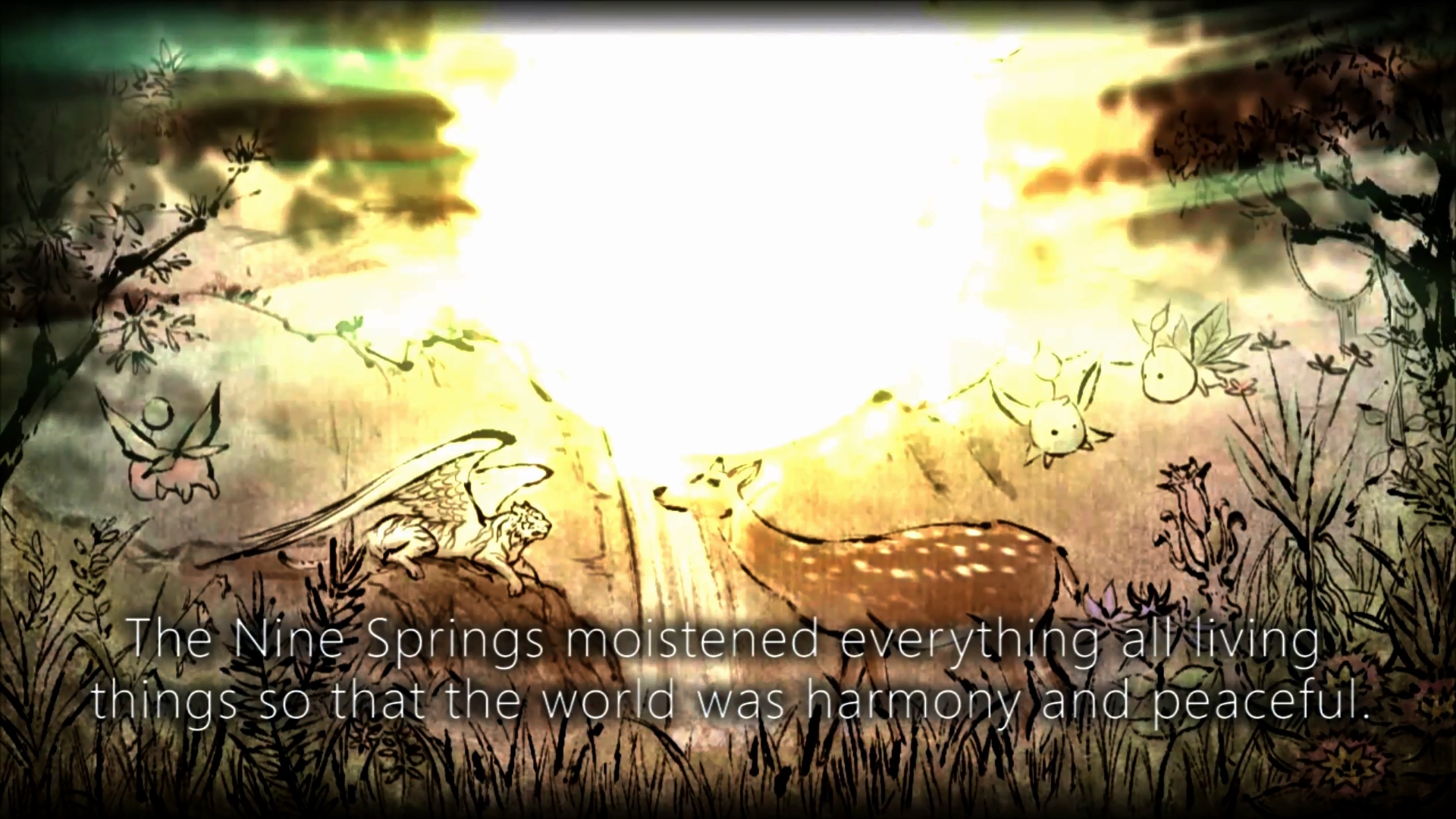
The game starts off with a cutscene about the world lore. It presents a story about an entity called Shennong who controlled 9 springs to bring prosperity to the world. Be it Humans, Demons or Monsters, all were treated fairly. The tranquility was doomed to not last forever. Three tribes/races started to want more. Greed overcame them and a war over the 9 springs broke out. In the end Shennong decided to split up and hide the springs.
Praise the Nether Lord. A cult is running amok across the world, continually convincing people to join their cult by performing miracles like healing people. It sounds like a fine establishment but something sinister is brooding under it. That’s where our heroes come in. The duo of Yue Jinzhao and Yue Qi find themselves in the middle of this conspiracy. With the naïve girl Yue Qi giving their money away to the cult, it’s time to get it back since this is clearly a scam. While on the mission, they meet the virtuous Luo Zhaoyun. The de facto lord of the region and famous for all kinds of feats such as defeating a 1000-man army by himself. It becomes clear that the cunning Yue Jinzhao isn’t necessarily an unconditional virtuous man himself and reveals that he is trying to fool one of the cult recruiters to get everything back.
This is only the beginning of a bigger story that leads the growing party to all kinds of places. For most of us, the design of the world is going to be a breath of fresh air because this is a game straight from the source region. Be it clothing, cities or villages, it might be something you haven’t quite seen before.
Sword and Fairy 6‘s story gets a heavy emphasis by using several cutscenes. The majority of them are in-game visuals with a short sprinkle of animated drawn ones once in a while. None of the characters are simple one notes. All of them take their time to unravel themselves to the player, keeping the intrigue going. Optional Group talks with cute character portraits are there to provide a little bit of extra interaction. Players of the Tales of series will certainly find some familiarity here.
The Gameplay: Inspired by Final Fantasy XIII
Traversal and RPG elements
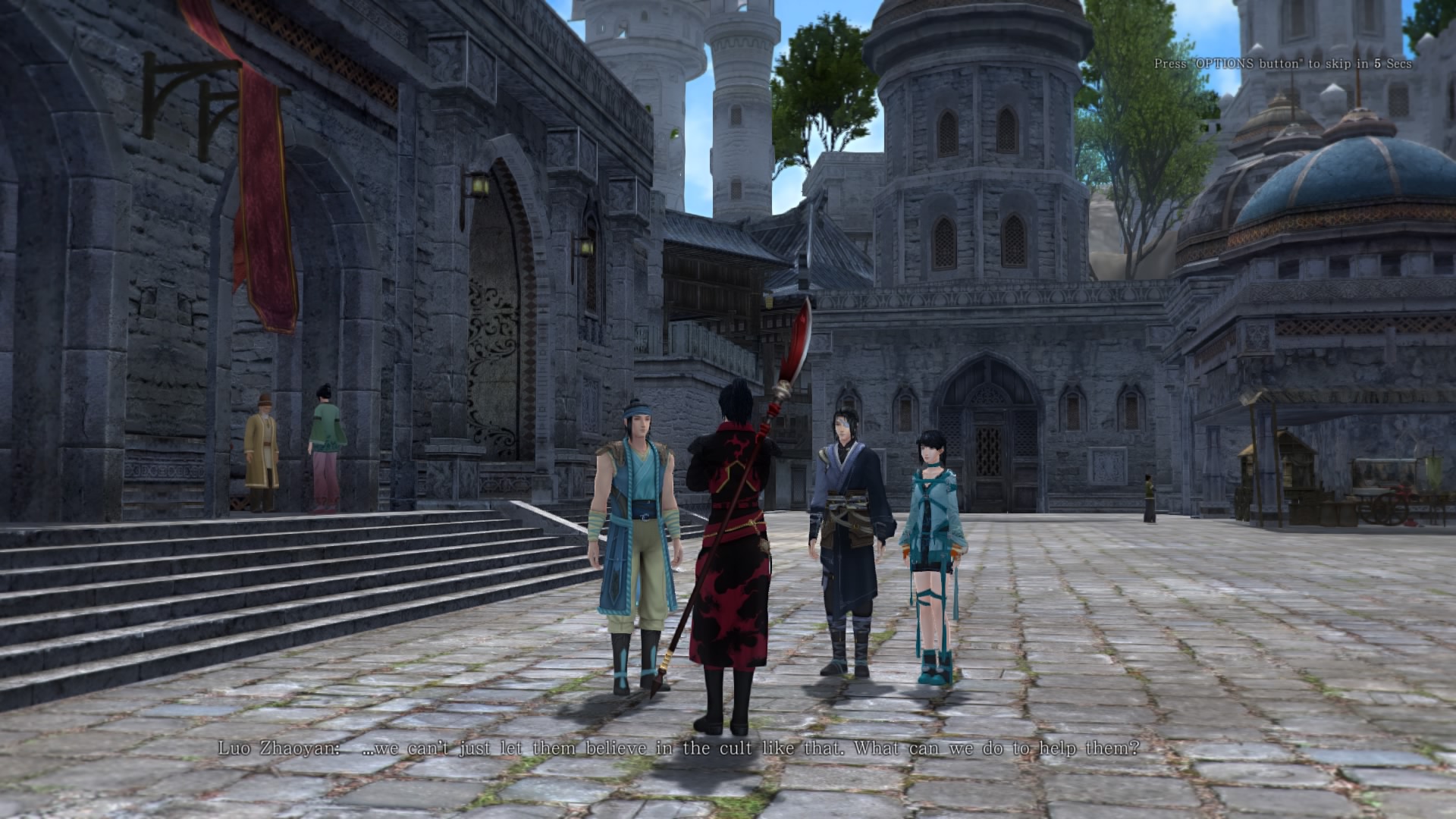
The traversal/overworld feels very MMO-like with big bustling cities, sub-missions, shops and more. For the adventurous people who love to explore, they added some special sight points for extra bonus. And yes, you can jump!
The map includes points of interest such as shops or the next Story point. If you are on a sub-mission there are also occasionally markers that show you the spots for their progression. There are also some mini-games but I haven’t seen anything worth mentioning. The rest is standard fare. Buy new equipment, consumables, fight and level up just what you expect from an RPG and more.
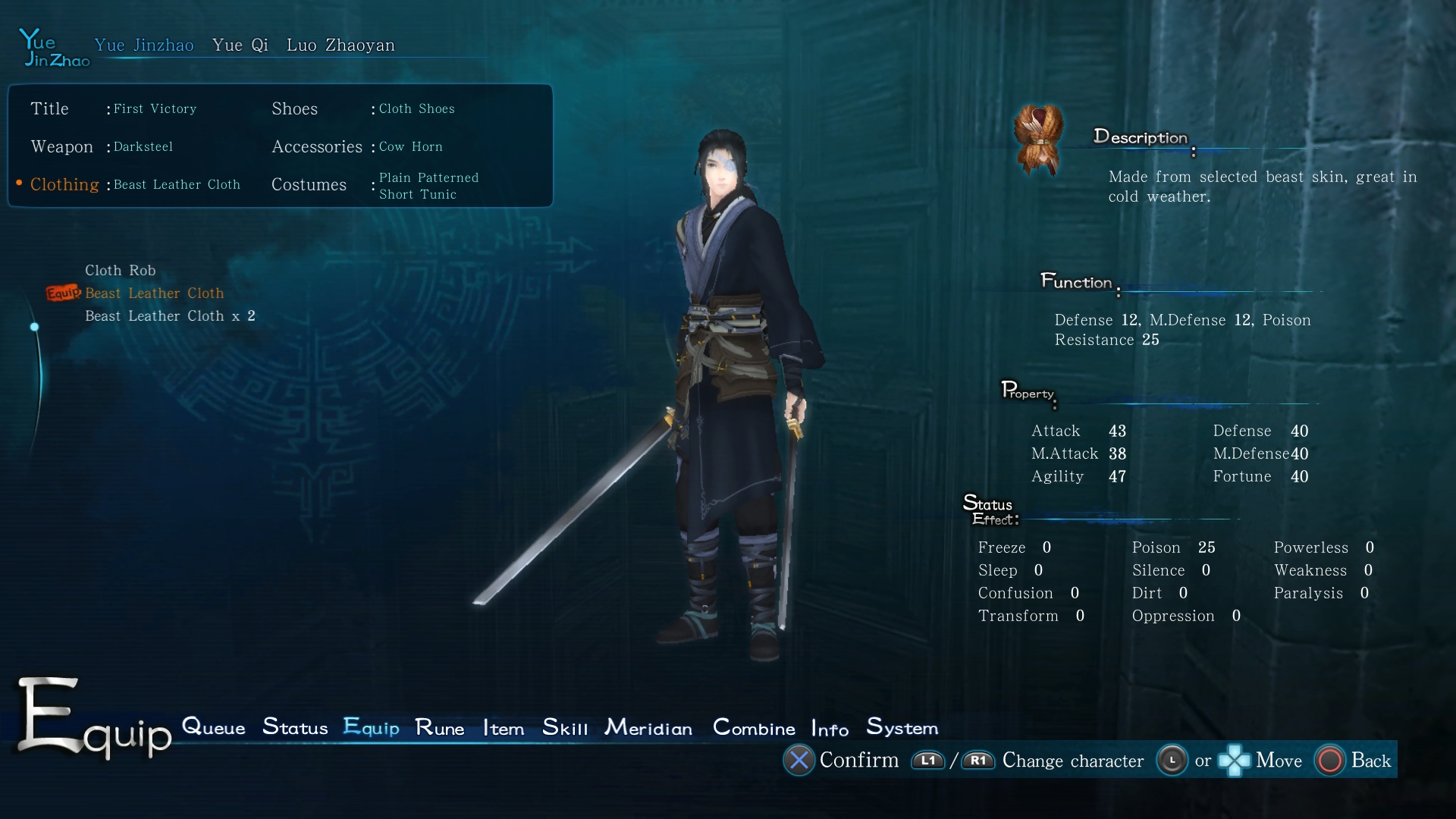
The level up system is actually two-tiered. For one, you level up like you always do. In addition, you get Souls from defeating enemies. Those are used to unlock a Characters Meridians. Keeping things simple, it’s just a three-way progression tree that adds stat points with their unlocks. All of them are split between Strength, Constitution, and Speed. I haven’t seen any big difference across the different Characters.
In the beginning, the number of stat points is negligible. As they only come in 1 -2 points but it piles up along the way. Runes are like additional equipment that first require plates and then additional parts to fill it up. Beware, it requires specific conditions to have them activated. So make sure you do meet them. Crafting is also part of the package. You can do that at any time within your menus. Going into dungeons or on the road, you’ll meet hostiles that you can preemptively attack. The good thing is, the range of your attack is very generous and absolutely easy to perform.
Battle System
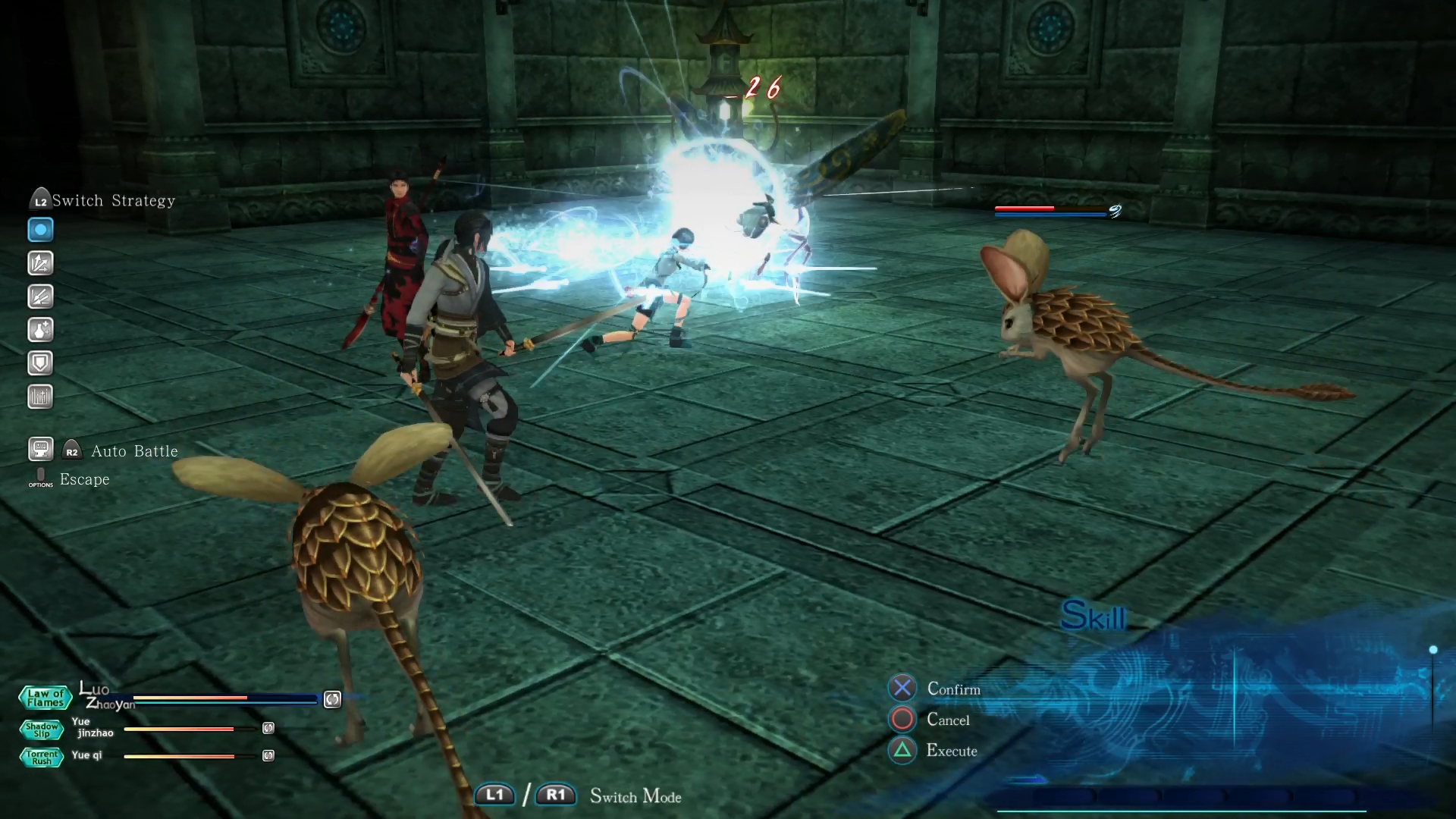
This is where the Final Fantasy XIII inspiration comes in. I say this because it heavily takes after it but with some extra twists. For one, it uses the same ATB system. You have a gauge that fills up to 5 stocks and the required Stock depends on your move of choice. There’s even a break system, which is more interesting in boss battles because normal enemies won’t survive until the break. Now, these are the similarities. Let’s talk about the twists.
You fight in a party of four and you can switch characters at any time. Additionally, each of them has two styles. This is important because different enemies have different weaknesses. You will have to switch it up to fit the optimal strategy. Some characters can even heal with their specific styles. Other characters even have special abilities. For example, Yue Jinzhao can use his Sticky Fingers to rob your enemies. As you can only control one character at a time and it being a real-time based battle system, there are different strategy options for your AI party members such as going from just using standard attacks to focused fire on one target.
If you’re in a pickle or just want to end a fight quickly you’re in luck. There’s a separate 3-part gauge for a set of charged attacks. Each of them can unleash an ultimate move. One of them buffs you up, the second one makes you team up with one of your teammates for a devastating attack. The last one lets you mash the attack button for some interactive hurting. The good thing is, all of them charge up rather quickly. So you are free to use them generously instead of trying to save it up for “the big moment”.
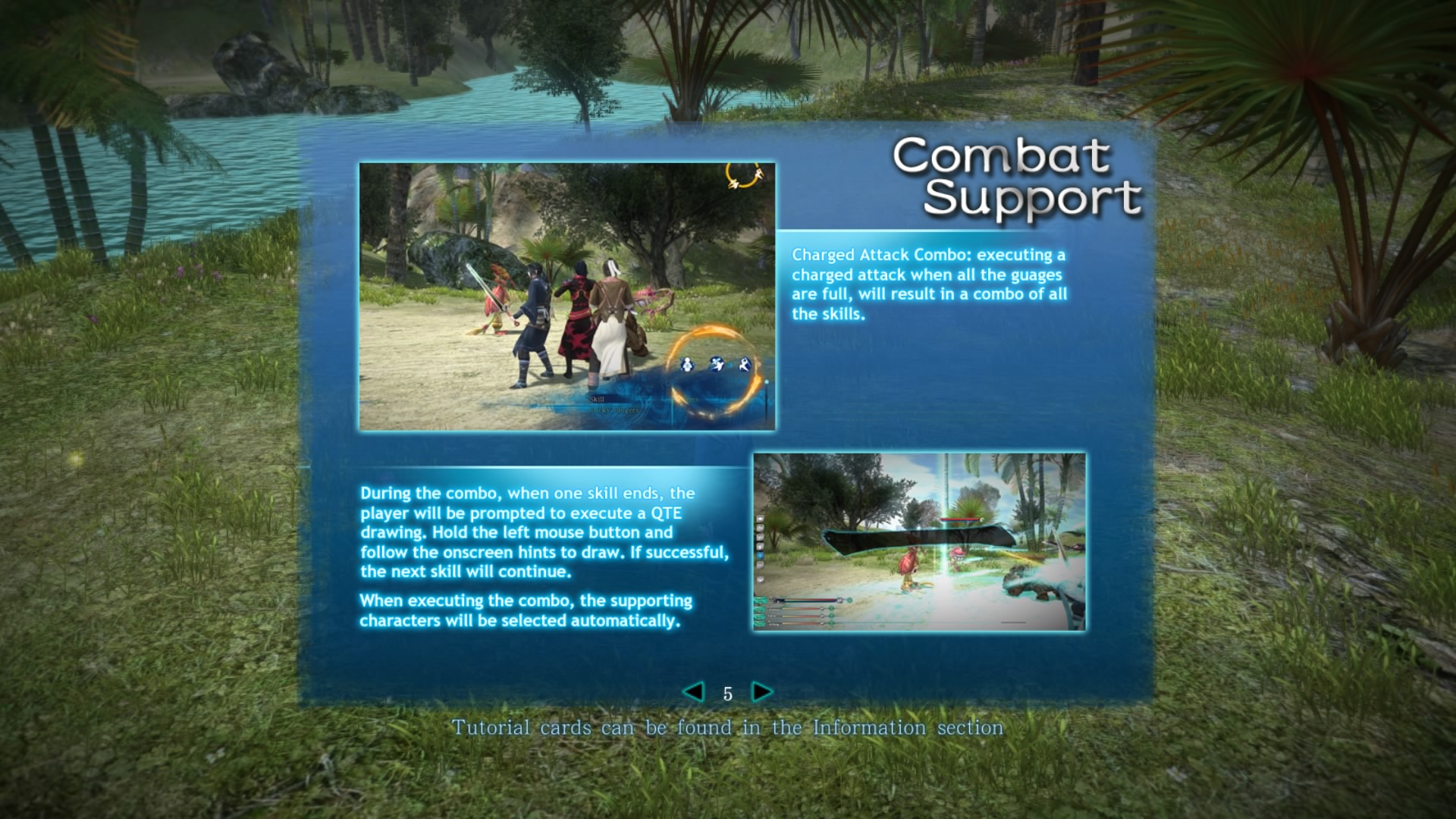
There are some additional less positive things to talk about but I’ll keep that for the info dump at the latter part of the review.
Graphics and Sound: A fresh view with a catch and Fine Tunes
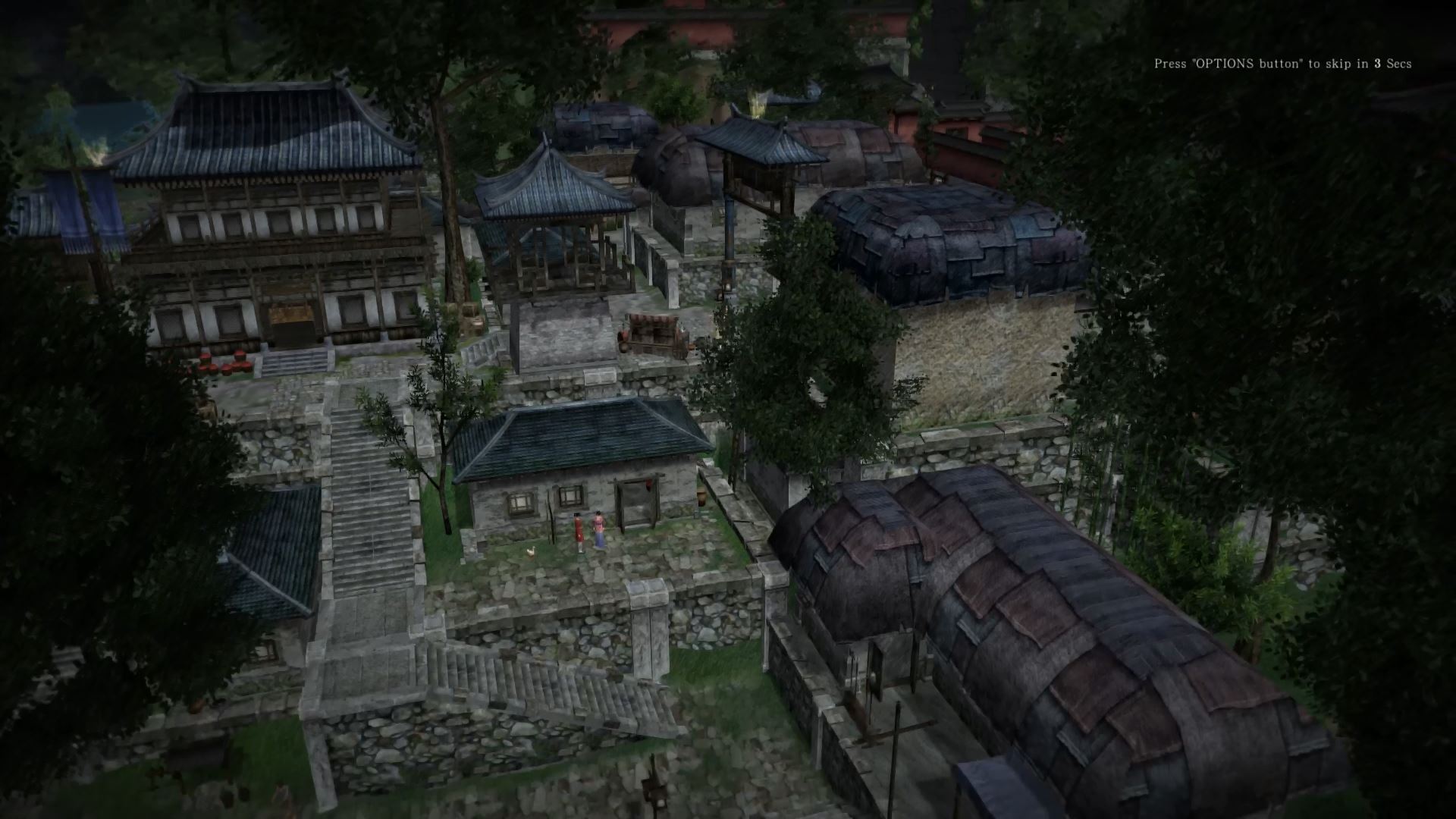
It’s not a looker in any stretch of the imagination when it comes to the technical side of things. Textures are definitely not one of its strengths and you can also see some lower graded characters that don’t move their mouth when they talk at story scenes, though that’s only one part of the equation. The designs, on the other hand, range from ok to really interesting. Canyons and dungeons only have a limited range on how interesting they can be. Citys and Villages, however, show a unique Eastern flavor that you don’t see very often. This is also the case for the Characters. The clothing is a far cry from what we normally see, but in a good way. I is only a little hampered by clippings and weird physics as seen often in cutscenes.
There is another nice touch. Weapons are not just stats or words. They appear on your characters and some of them look rather nice. For example, one of the character’s weapons isn’t just gauntlets but also comes with a mask.
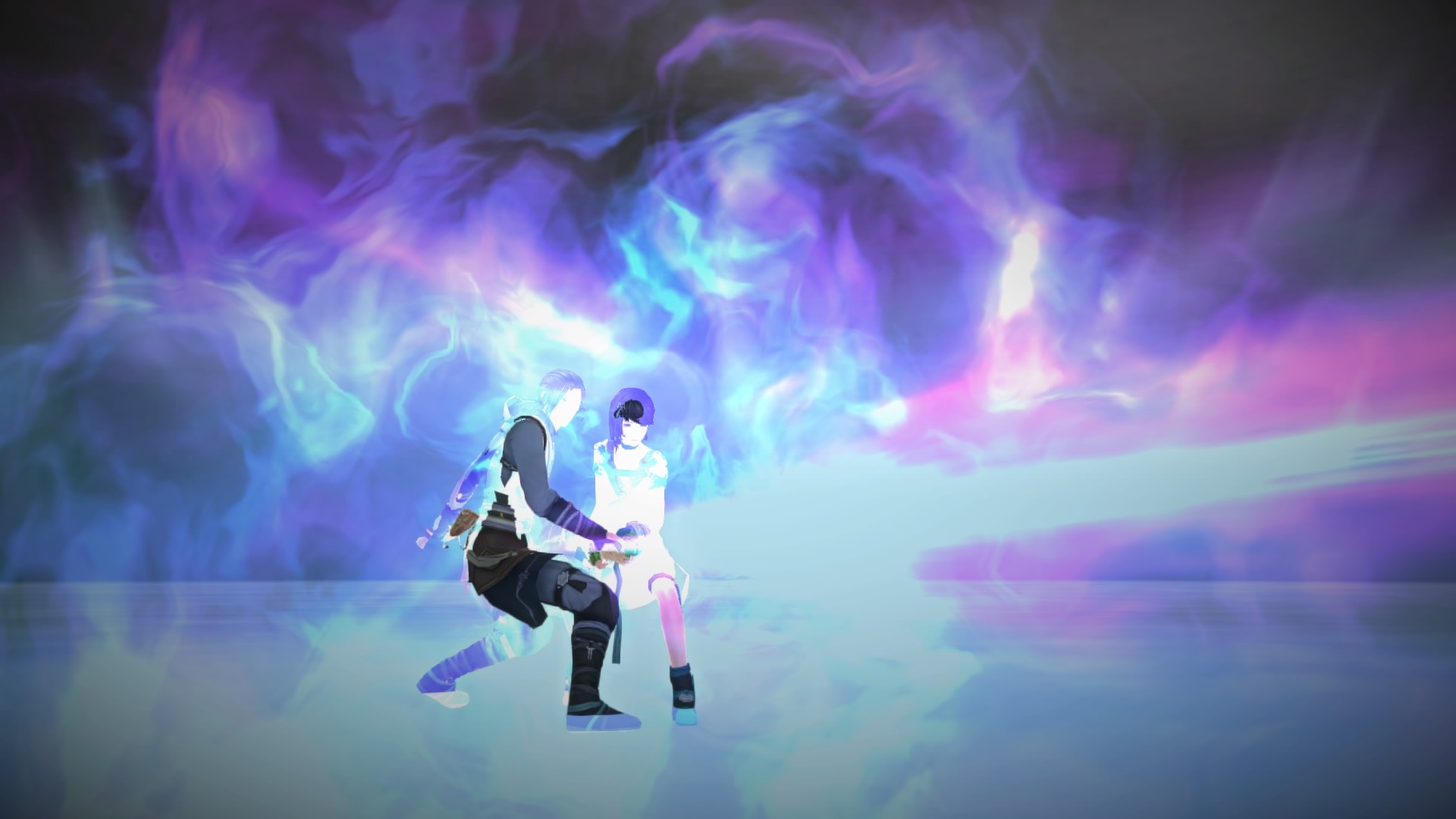
The music does a remarkable job selling the Eastern feel by frequently utilizing their traditional instruments like flutes. I’m no audiophile so I can’t really talk about the technical quality of the music but I didn’t find anything egregious on that side. The voice acting is completely in Chinese or more specific, Mandarin. Just like the music, I couldn’t find anything to harp about. It’s quite the opposite and they’re doing a good job in characterizing them.
Technical woes and QoL nitpicks
So with all the talk about the game done, it’s time to talk about the technical side of things. It’s very unfortunate I have to talk about this but this is a really special case where it needs to be mentioned, to the point where it even affects the rating.
– The frame rate is extremely inconsistent and it affects the gameplay. There are times where it even eats your inputs while fighting. Fun fact, according to Wikipedia the PC Version doesn’t fare much better and is said to give trouble to Nvidia’s flagship card the Titan back in the day. Even netting it the nickname “Titanfall”.
– Load times are also not that flattering.
– The equipment menu is extremely slow because it needs to load the character model. You’ll be finding yourself waiting for it to load a few seconds before you can actually do something. While we are talking about the equipment menu, if you quick switch to one specific character the game fails to load up the correct character menu. So you have to cancel out of the specific slot so it refreshes correctly.
– Adding insult to injury, I even found a very easy reproducible soft freeze of the game while in battle. Here’s the thing, during battle you can switch characters and at the same time cycle to the devastating special attacks. The problem? Don’t cycle it! The button for cycling is L1/R1. When you go to Character switch with L1 and push the button again it should theoretically get you to the special attack part. This is where it goes awry because it freezes the game!
Issues on the design side:
– For one, you can’t push left to make a quick jump to the other end of the menus. With roughly six or seven submenus it becomes a chore to get to the save menu because it’s at the end of the menu.
– The walk speed feels far to slow for how big the locations can be.
– The subtitles can blend into the environment too strongly or go away too fast. Making it occasionally hard to read.
– The English translation is serviceable but has a few mistakes here and there. Nothing too grave but still noticeable like “I’m taking your leave” when it should be “I’m taking my leave”.
– No line skips for cutscenes. Forcing you to watch them fully.
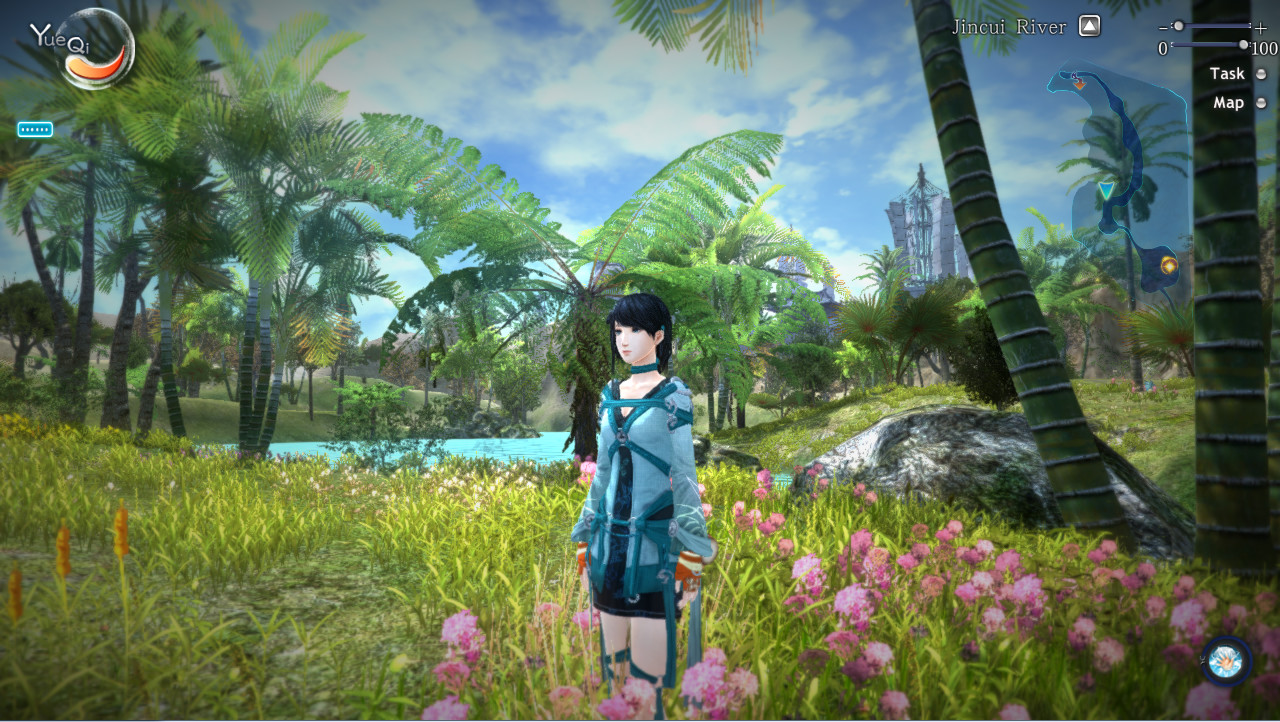
Verdict
Sword and Fairy 6 would be a good game if it weren’t for the technical issues that plague it. Despite the heavy issues, I have no qualms in saying that I vastly prefer it over Final Fantasy XIII. Most of the characters are likable, the story and the world are intriguing.
The cultural Chinese touch gives you the bonafide authentic visual and auditory experience. Some games like Jade Empire and others try to emulate it. The difference is still clear when you see it coming straight from a Taiwanese studio and it is all for the better.
Let’s talk about the rating. If it didn’t have the technical issues it would be an easy SAVE. Maybe even the easiest one. Alas, it wasn’t meant to be. With all of them piling up and putting the budget price into consideration, I’m more comfortable giving it a Save for Later. I wish this wasn’t the case but unfortunately, this is one of the more extreme cases where the technical issue does hamper the experience significantly. Personally, I like it a lot which makes this rating my heaviest begrudging one so far. I hope that in the fiture we will also get the next game of Sword and Fairy, but preferrably much better performance and Quality of Life enhancements.

